Best
VIOLIN STRINGS
FOR
INTERMEDIATE
PLAYERS
DOMINANT BEST FOR
AVERAGE VIOLINS
-
Overall: Strong And Steady
-
Best Feature: Compatible With Many Different Types Of Instruments
-
TedScore™:
8/10
Best
VIOLIN FOR INTERMEDIATE PLAYERS
-
Overall: 4/4-size violin with a lightweight case, real brazilwood bow, and Schwarz rosin
-
Best Feature: Spruce top and maple back/sides have been aged over five years
-
TedScore™: 9/10
Best
VIOLIN BOOK FOR INTERMEDIATE PLAYERS
-
Overall: Pair songs with core exercises for an engaging experience that builds skill
-
Best Feature: With Essential Elements Interactive with online teaching, learning, and tools
-
TedScore™: 8.8/10
Learning the F major scale on violin can be an exciting step in mastering this beautiful instrument.
As a professional violinist, I can say that this scale is a staple in the world of strings, providing a foundation for numerous pieces from classical to contemporary genres.

I know that learning scales can be daunting, given the fact that scales usually involve a new finger position, sheet music to remember, and a new major arpeggio. All this remembering to do is overwhelming.
Understanding this scale opens doors to improved intonation, finger placement, and overall musicality, forming a core part of your instrumental skills.
Fundamentals of the F Major Scale on Violin
Stepping into the F major scale opens up a palette of rich tonal colors for you. Let’s string along the basics so you can master the scale with ease!
Scale Structure and Notes
In the F major scale, the note F itself is the tonic, meaning the “home base” of the whole major scale.
- F: 1st note
- G: 2nd note
- A: 3rd note
- B♭: 4th note
- C: 5th note
- D: 6th note
- E: 7th note
- F: 8th note – back to F, but the higher octave
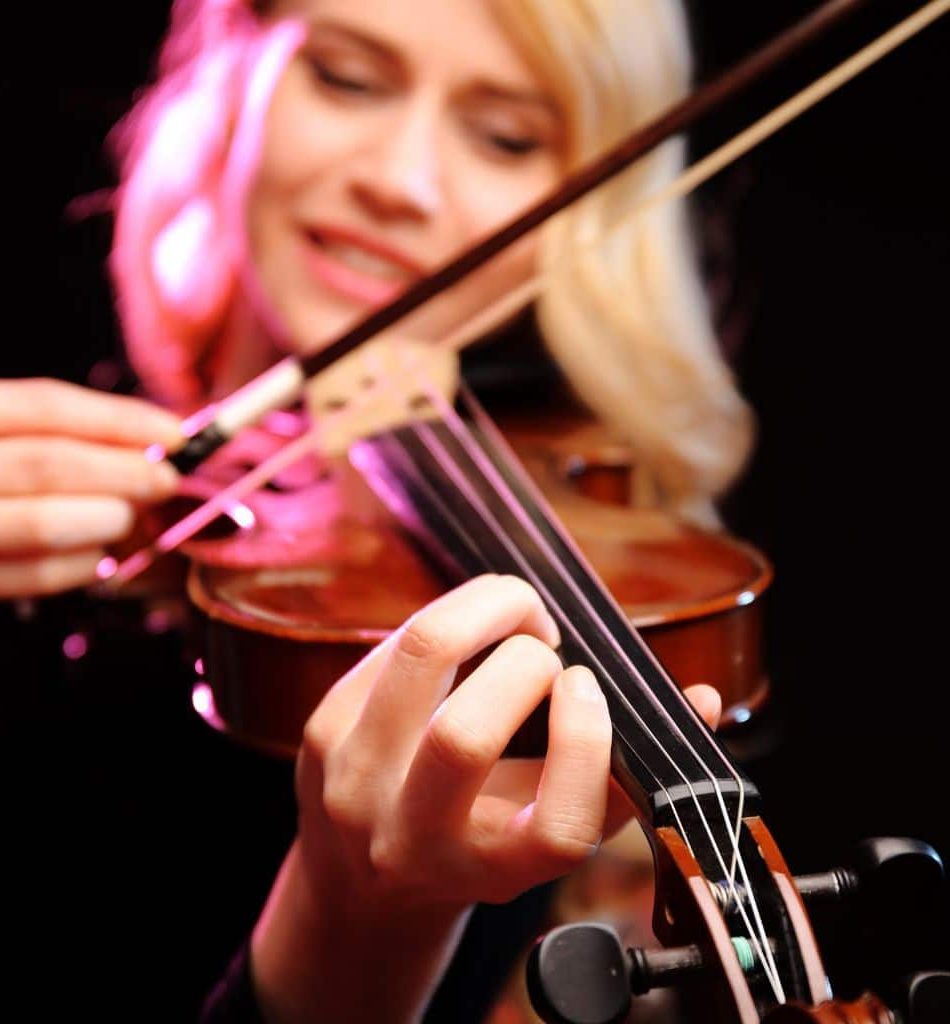
Remember, you’re dancing through a sequence of whole and half steps, the smallest increments between the notes.
Whole steps are the stretchier leaps, while half steps are those cozy little nudges. You can refer to this F Major Scale Note Sequence:
- F
- G
- A
- Bb
- C
- D
- E
- F
- -
- Whole Step
- Whole Step
- Half Step
- Whole Step
- Whole Step
- Whole Step
- Half Step
- -
- Whole
- Whole
- Half
- Whole
- Whole
- Whole
- Half
This delightful sequence forms the backbone of your F major adventures on the violin, creating a harmonic playground for your fingers and bow to explore.
Keep practicing these notes, listen to their relationships, and watch as you play your violin and sing the tales of F major!

Playing Techniques and Practice Tips
Mastering this major scale on the violin can be a delightful journey. You’ll soon cultivate precision and grace in playing with focused techniques and structured practice.
Finger Placement and Bowing
When bowing your violin, ensure you’re using smooth, even strokes. This control translates into a lustrous tone that’s music to everyone’s ears!
Your bowing should alternate between down-bow and up-bow, with consistent direction changes. Keeping your bow parallel to the bridge will help maintain a clear sound.
Weave this technique with rhythm consistency, and speed will come naturally later.
Yamaha AV7-44SG Student Violin Outfit

FEATURES: With harmonically rich tonality, thanks to tonewoods aged for over five years
OTHER INFO: With high-quality components such as a Wittner Ultra tailpiece
- Professionally adjusted and set up with premium Helicore strings
- 4/4-size violin with a lightweight case, real Brazilwood bow, and Schwarz rosin
- Expensive as compared to other violins for beginners
When you click ‘Check Price’, you’ll see there are loads of great places to buy this item. Our personal favorite is Sweetwater for the US, and Thomann and Gear4Music for the UK & Europe.
They are the largest music retailers, with excellent customer service, competitive prices, really fast shipping, and the longest guarantees.
The professional musician who wrote this article combined many things,
from the product build, manufacturer’s reputation through to feedback
from other users, to create our famous TedScore™.
Tuning and Intonation

Before anything else, your violin must be in tune, which lays the foundation for accurate intonation.
Regularly check that each open string resonates with the correct pitch. With the F major scale, begin slow. Let each note ring true, listening for the slightest deviations.
Precision is your best friend here. Use a tuner if needed, but strive to develop your ear to recognize the pitches. This skill is priceless and will serve you in all your violin endeavors.
Thomastik Dominant

DESIGNED FOR: average violins
FEATURES: strong and steady, compatible with many different types of instruments
OTHER INFO:
Thomastik Dominant
- Durability
- None that I can think of, maybe a little plain, not very rich, extravagant
When you click ‘Check Price’, you’ll see there are loads of great places to buy this item. Our personal favorite is Sweetwater for the US, and Thomann and Gear4Music for the UK & Europe.
They are the largest music retailers, with excellent customer service, competitive prices, really fast shipping, and the longest guarantees.
The professional musician who wrote this article combined many things,
from the product build, manufacturer’s reputation through to feedback
from other users, to create our famous TedScore™.
Scales Practice and Exercises
Regular practice scales are the backbone of proficiency.
Start ascending and descending the F major scale with different rhythms. Mix it up—long bows for one round, short staccato the next. Such a variety ingrains the scale deeply into your muscle memory.

Don’t overlook arpeggios (and watch your key signature, by the way) — they’re scale relatives that add color to your practice routine.
Experiencing the scale in different key combinations teaches your fingers to adapt to various musical situations. Shifting to higher positions as you grow comfortable will expand your mastery and range on the violin.
HAL LEONARD ESSENTIAL ELEMENTS FOR STRINGS - VIOLIN BOOK 2 WITH EEi
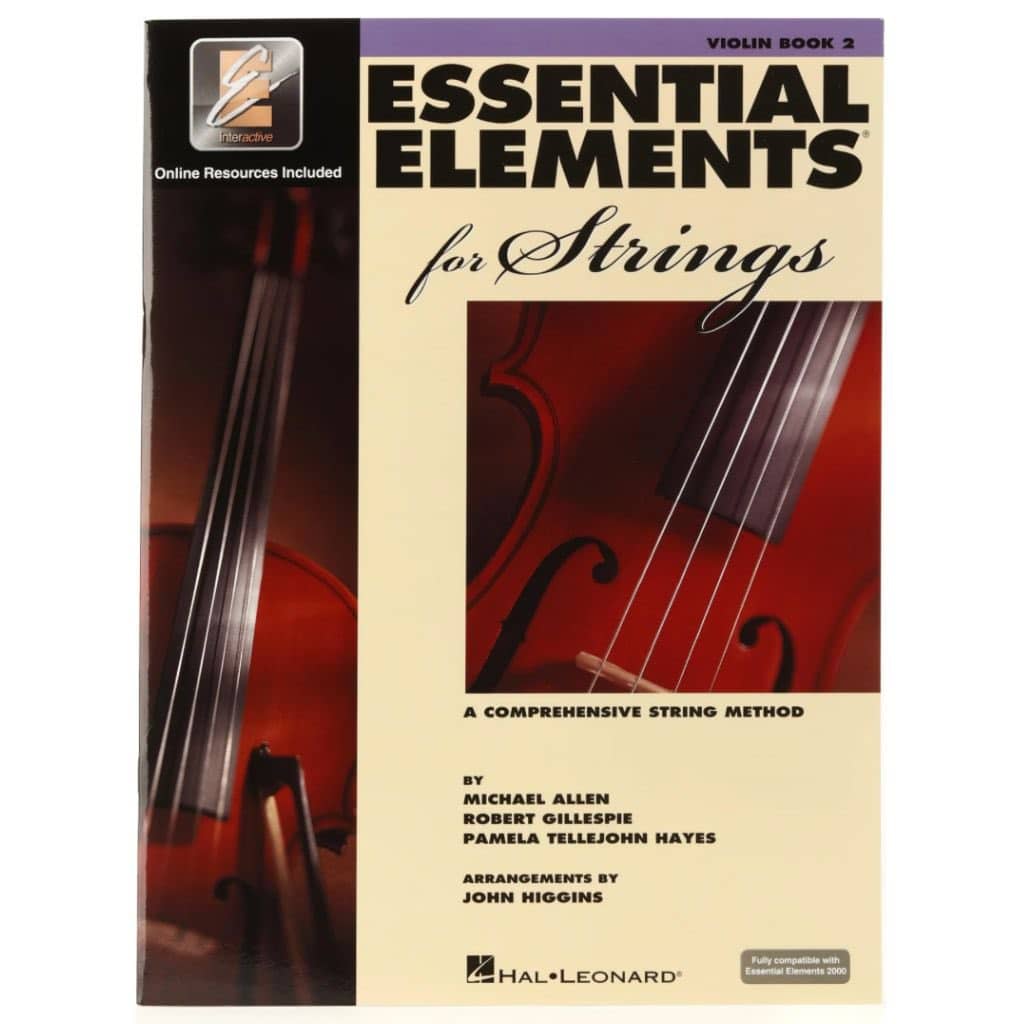
FEATURES: The pages pair familiar songs with core exercises for an engaging music experience that builds skill
OTHER INFO: Comes with Essential Elements Interactive with access to online teaching, learning, and assessment tools
- Fun, educational content for intermediate students
- Embraced by teachers and students nationwide
- No Cons at All!
When you click ‘Check Price’, you’ll see there are loads of great places to buy this item. Our personal favorite is Sweetwater for the US, and Thomann and Gear4Music for the UK & Europe.
They are the largest music retailers, with excellent customer service, competitive prices, really fast shipping, and the longest guarantees.
The professional musician who wrote this article combined many things,
from the product build, manufacturer’s reputation through to feedback
from other users, to create our famous TedScore™.
F Major Scale on Violin:
The Essentials!
Playing the F Major scale on the violin gives you a delightful blend of warmth and brightness.
To start, find the F note on the E string. Then, let your fingers dance to the rhythm—up the E string, over to the A, and so on.
Your journey through the scale covers eight notes, spanning one octave. Use the chart below to guide you through one octave:
- E
- E
- E
- A
- A
- A
- D
- D
- Open
- 1st
- 3rd
- Open
- 1st
- 3rd
- Open
- 1st
- F
- G
- A
- Bb
- C
- D
- E
- F
Keep your bow smooth and steady—let it flow like a gentle stream. Your left-hand fingers should be precise but relaxed, like a friendly handshake.
Also, watch your intonation; it’s the secret sauce for a beautiful sound.
With a bit of practice, your fingers will intuitively find their spots. Soon, you’ll serenade the stars with the mellow tunes of the F Major scale, bringing joy to all who listen!
But before you go…
One of the most important parts of the violin is the strings. Read this next article to know the best string your violin and you deserve!
FAQ's
The F major scale on the violin starts on the F note and follows the sequence: F, G, A, B♭, C, D, E, F, typically played starting on the first and fourth finger part of the D string and extending to the first finger on the E string.
To play the note F on the violin, place your first finger on the first fret of the E string or your third finger on the D string.
The F major scale consists of the notes F, G, A, B-flat, C, D, E, and F, with one flat on the B.
The F major violin scale notes are F, G, A, B♭, C, D, E, and F.



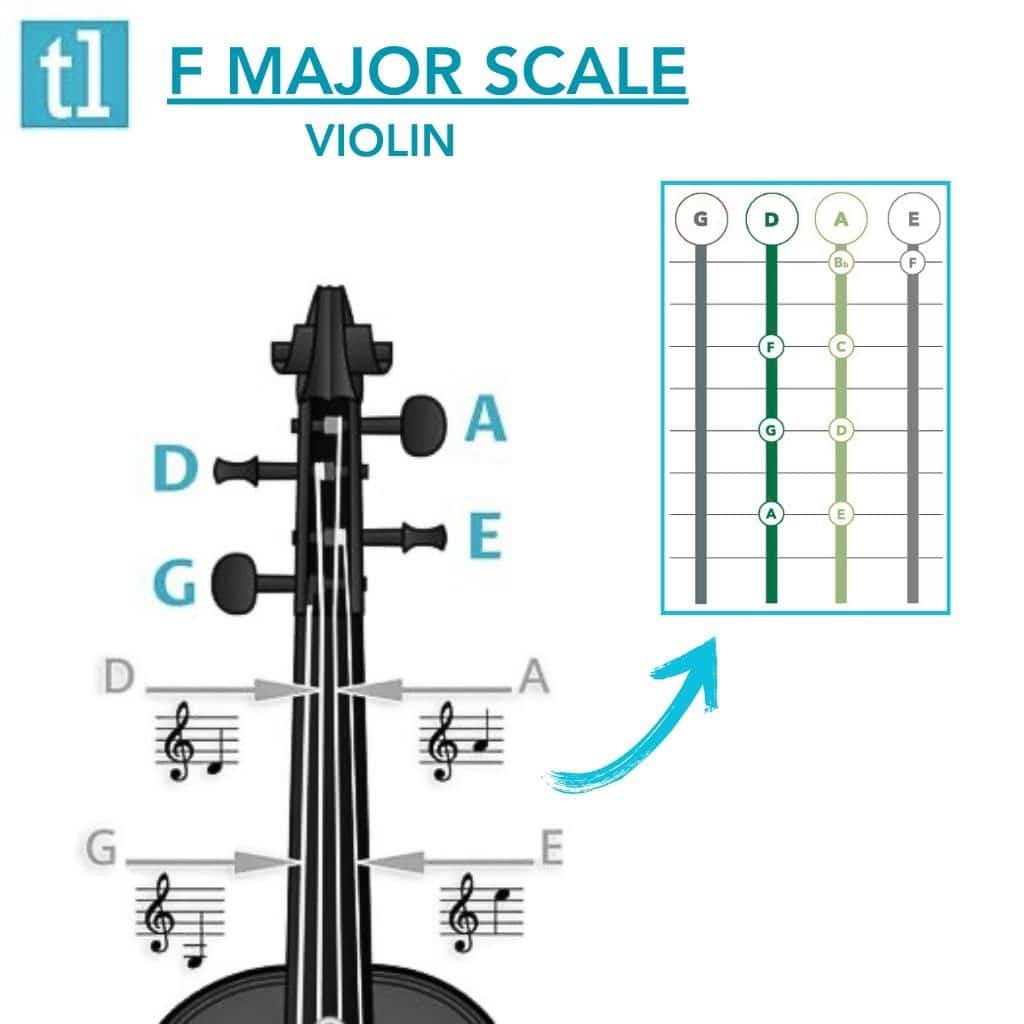






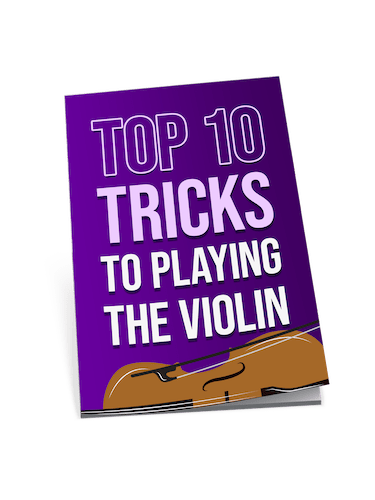
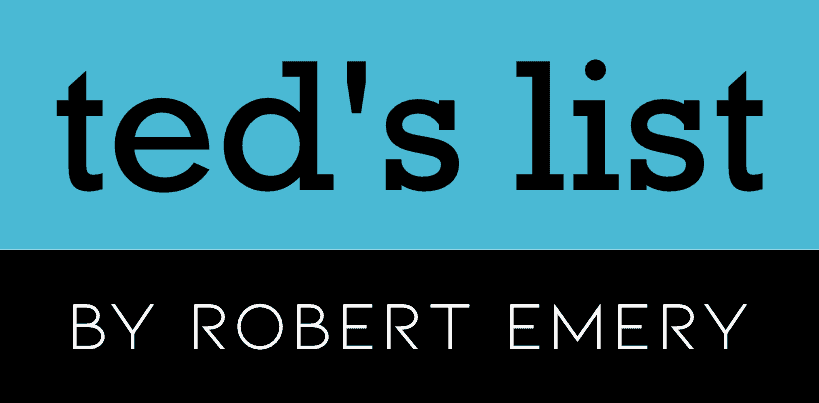
I just started learning the violin and came across your piece on the F major scale, Robert Emery. The part about finger placement and how it’s crucial for the F major scale caught my eye. Do you have any specific exercises or tricks to get the finger placement right? Also, for a total beginner, how much practice would you say is enough to get comfortable with the F major scale?
Hey LizBeth91! Not Robert, but I’ve been playing for years. A great way to master finger placement is to start with slow, deliberate practice. Make sure each note rings clear before you speed up. As for practice time, aim for at least 15-20 minutes purely on scale practice daily. Consistency is key more than the length of time spent. Hope that helps!